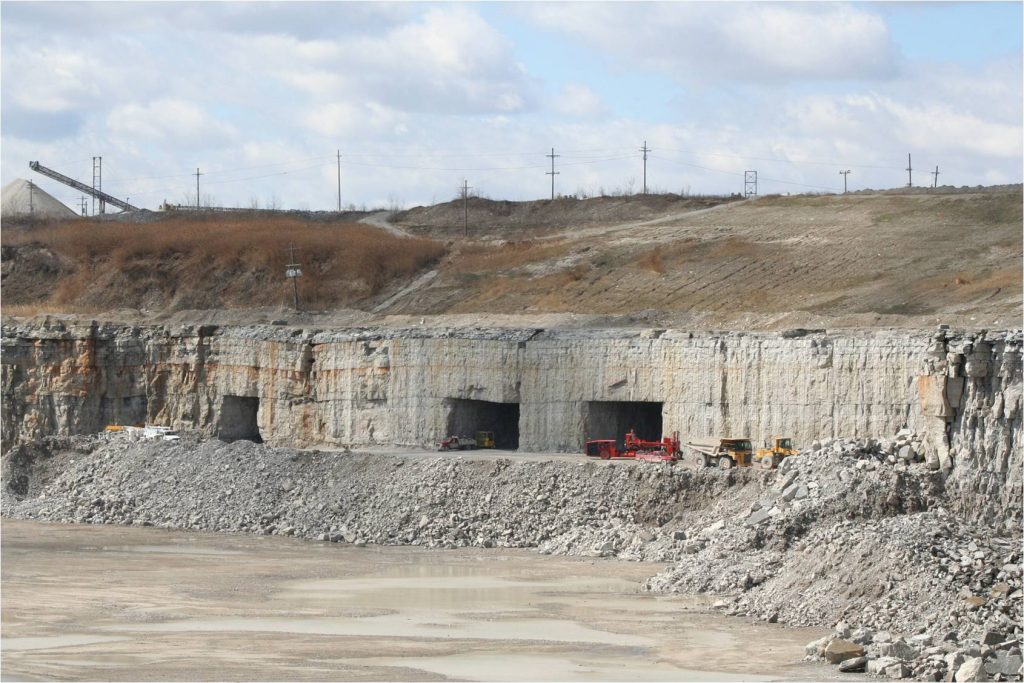Cement is a versatile building material that is widely used in construction. However, it is not naturally waterproof, which can lead to problems such as water damage, mold growth, and structural instability. Fortunately, there are several ways to make cement waterproof. In this article, we will explore five effective methods that you can use to waterproof cement.
- Add a Waterproofing Agent
One of the easiest ways to make cement waterproof is to add a waterproofing agent to the mix. These agents are typically liquid or powder additives that are mixed with the cement before it is applied. They work by filling the pores in the cement and creating a barrier that prevents water from penetrating the surface. Some common waterproofing agents include latex, acrylic, and silicone.
- Use a Water Repellent Coating
Another effective way to waterproof cement is to apply a water repellent coating. These coatings are typically made from silicone or other synthetic materials and are applied to the surface of the cement after it has cured. They work by creating a hydrophobic barrier that repels water and prevents it from penetrating the surface.
- Mix in Crystalline Waterproofing Admixtures
Crystalline waterproofing admixtures are another effective way to make cement waterproof. These admixtures are typically added to the cement mix and work by forming crystals within the pores of the cement. These crystals grow and fill the pores, creating a waterproof barrier that prevents water from penetrating the surface.
- Use a Cementitious Waterproofing Membrane
A cementitious waterproofing membrane is a thin layer of cement that is applied to the surface of the cement. It works by creating a waterproof barrier that prevents water from penetrating the surface. This method is particularly effective for areas that are exposed to high levels of moisture, such as basements and swimming pools.
- Apply a Bituminous Coating
Bituminous coatings are another effective way to make cement waterproof. These coatings are typically made from asphalt or coal tar and are applied to the surface of the cement after it has cured. They work by creating a waterproof barrier that prevents water from penetrating the surface.
In conclusion, there are several effective ways to make cement waterproof. By adding a waterproofing agent, using a water repellent coating, mixing in crystalline waterproofing admixtures, using a cementitious waterproofing membrane, or applying a bituminous coating, you can protect your cement surfaces from water damage and ensure their longevity.




More Stories
Key Technical Features and Performance Indicators of a Gypsum Mortar Production Equipment Weighing System
Building Facilities Construction
5 Creative Uses for Single Wire Hooks in Everyday Life